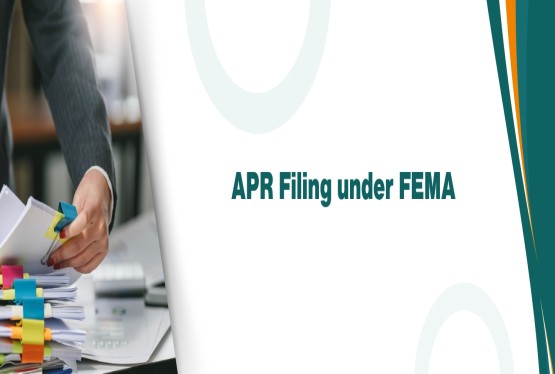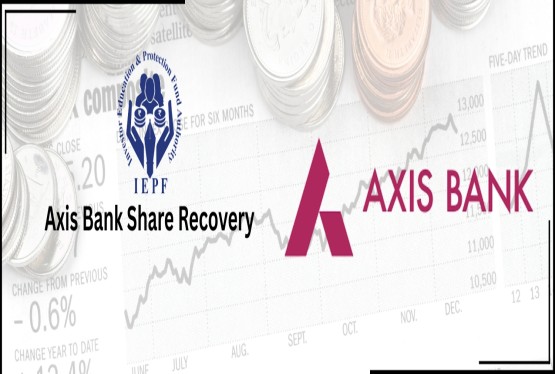Shares can be transferred from one shareholder to another (whether new or existing). Shares are transferred to introduce a new shareholder or an existing one. They are an asset of the shareholder. Shares or debentures are movable property, meaning they can be transferred easily. They are transferred in accordance with the company's articles, particularly shares held by any public company member. Transfer of shares refers to the voluntarily transferring a company member's privileges and obligations (as represented by a share of the firm). The rights and duties of the share transfer occur when a shareholder chooses to no longer be a member of the firm, transfers his or her shares to another person who wishes to become a member. It could be executed for a few reasons, including raising finance, selling the business, or transferring ownership.
Persons involved in Share Transfer
-
Transferor- The person who transfers the shares
-
Transferee- The person who is getting the transferred shares
-
Company- The company whose shares are being transferred
-
These are the main entities involved in Transfer of Shares. Other can be Subscribers to the memorandum, Legal Representative, in case of a deceased, stockbroker, to facilitate the transfer of shares, a lawyer.
Documents Required for Transfer of Shares
1. Share Transfer Deed: This important document, which requires signatures from both the transferor and transferee of the shares, to allows the transfer of the shares.
2. Share Certificate: The seller must submit the original share certificate with the share transfer deed.
3. PAN Card: A photocopy of the transferee PAN Card is required.
4. Board Resolution: A formal resolution from the company's Board of Directors is required to approve the share transfer.
5. No Objection Certificate: An NOC from the transferor may be required to affirm their permission to the share transfer.
6. Indemnity Bond: The transferor may be required to provide an indemnity bond to protect the company against future transfer-related liabilities.
7. Stamp Duty Payment: The share transfer deed necessitates a payment of stamp duty, which differs by jurisdiction.
Transfer of Shares - Process
Initiation
1. Review the AOA: Check for any transfer constraints or criteria that have to be fulfilled.
2. Notification to Director: A shareholder who wishes to sell their shares has to officially inform the company's director of this decision.
3. Price Determination: Determine the share value depending on the AOA. This price represents the original offer made to existing shareholders.
4. Notifying shareholders: The company should notify all holders of the available shares, including the offer price and deadline for expressing interest.
5. Share Allocation: If some existing shareholders are interested, then may be allocated initially. If no interest is expressed, or if there remain any shares, they will be sold to third parties.
Execution
1. A transfer of shares deed must be signed and executed by both the transferor and the transferee.
2. The transferor must give the original share certificate to the company.
3. The person receiving the shares is responsible for stamp duty on the share transfer deed.
4. Share transfers must be recorded in the company's register.
5. The corporation has to provide an entirely new share certificate toward the transferee.
Advantages of Share transfer
1. Transferring shares allows shareholders to convert their ownership into cash, providing financial flexibility.
2. It also allows investors to diversify their portfolios and spread risk across different assets.
3. Shares can be easily transferred to heirs or beneficiaries as part of estate planning, ensuring smooth succession.
4. Share transfers allow shareholders to realize capital gains.
5. It is used to raise capital for a business.
Type of Share Transfer
1. Direct Transfer- Transfer of shares directly from one party to another without intermediaries.
2. Indirect Transfer- Transfer of shares through an intermediary or third party.
3. Private Sale- Transfer of shares between private parties, without public trading.
4. Public Sale- Transfer of shares on a public exchange, involving a sale or purchase of shares.
5. Gift Transfer- Transfer of shares as a gift from one person to another without consideration.
6. Inheritance Transfer- Transfer of shares as part of an inheritance or estate distribution.
7. Transfer by Court Order- Transfer of shares mandated by a court order, in cases of legal disputes or bankruptcy.
8. Employee Stock Option Plan or Employee Stock Ownership Plan (ESOP)- Transfer of shares issued under employee stock option plan (ESOP).
9.Transfer by Operation of Law- Automatic transfer of shares due to legal changes, like mergers or acquisitions
Conclusion
Share transfer is a process of transferring the shares of the shareholder who is the transferor to the person who wants to buy it, that is the transferee. It has a number of benefits like increase in liquidity of the asset of a person, increase in capital of business, smooth succession of business by transfer to the heirs.
FAQs
Q1. What is the definition of share transfer?
Ans. Share transfer is the voluntary transfer of a shareholder's rights and obligations, as represented by their shares in a firm, to another individual. This can be done for a variety of reasons, including raising funds, selling the business, or transferring ownership.
Q2. Who are the primary stakeholders engaged in a share transfer?
Ans. The parties are:
- The transferor is the individual transferring the shares.
-
Transferee: The individual who receives the shares.
-
Company: The entity from which shares are being transferred.
-
Additional parties may include legal representatives, stockbrokers, or lawyers.
Q3. What are the relevant paperwork for a share transfer?
Ans. The essential documents are:
-
Share Transfer Deed (signed by both parties).
-
Original share certificate, copy of the transferee's PAN card, and Board resolution sanctioning the transfer.
-
No Objection Certificate
-
Indemnity Bond
-
Proof of stamp duty payment.
Q4. What are the stages required in transferring shares
Ans. The process includes:
-
Reviewing the Articles of Association (AOA) for transfer limitations.
-
Notifying the company's director and shareholders of the plan to transfer.
-
Determining the share price based on the AOA.
-
Signing a share transfer deed, submitting the original share certificate, and paying stamp duty.
-
The transfer is recorded in the company's register, and a new share certificate is issued to the transferee.
Q5. What are the advantages of transferring shares
Ans. It provides financial flexibility by converting ownership into cash, helps diversify investment portfolios to manage risks, facilitates estate planning for smooth succession and enables shareholders to realize capital gains and also assists businesses in raising capital.











































































_crop10_thumb.jpg)


































































_crop10_thumb.jpg)
_crop10_thumb.jpg)



_crop10_thumb.jpg)


_crop10_thumb.jpg)





_crop10_thumb.jpg)

_crop10_thumb.jpg)














-suratgujarat-section-158_crop10_thumb.jpg)
-suratgujarat_crop10_thumb.jpg)
-(33)_crop10_thumb.jpg)



-ahmedabad_crop10_thumb.jpg)
-learn_crop10_thumb.jpg)

-learnn_crop10_thumb.jpg)


























































_crop10_thumb.jpg)























_Guidelines_learn_crop10_thumb.jpg)























_learn_crop10_thumb.jpg)
_crop10_thumb.jpeg)










_crop10_thumb.jpg)




_Second_Amendment_Rules,_2025_learn_crop10_thumb.jpg)







_learn_crop10_thumb.jpg)






















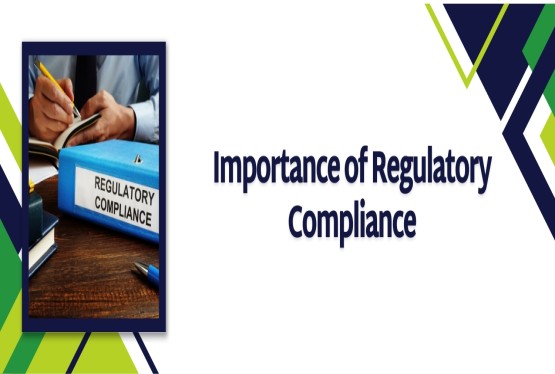








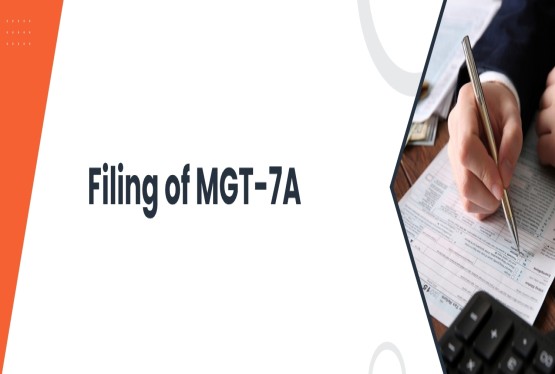
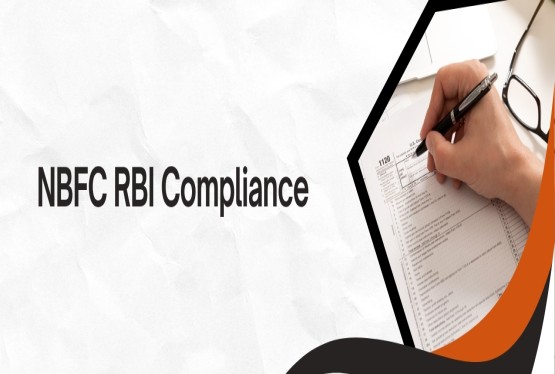











_learn_crop10_thumb.jpeg)









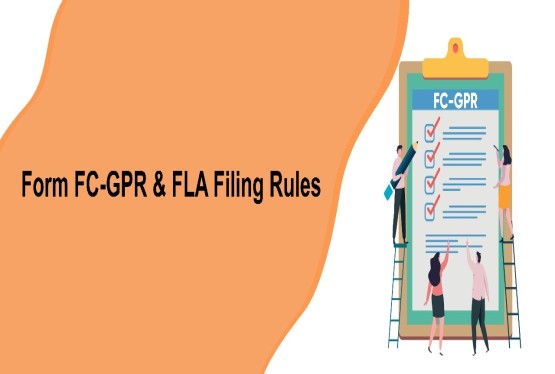

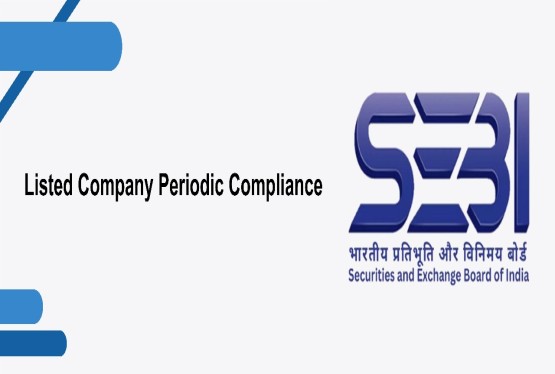







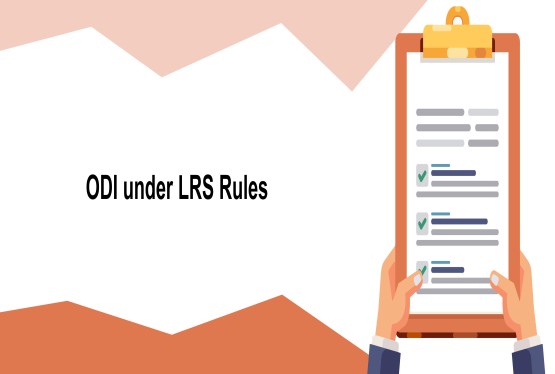
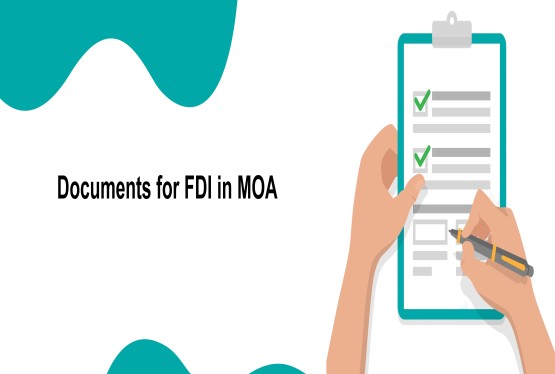


_learn_crop10_thumb.jpg)


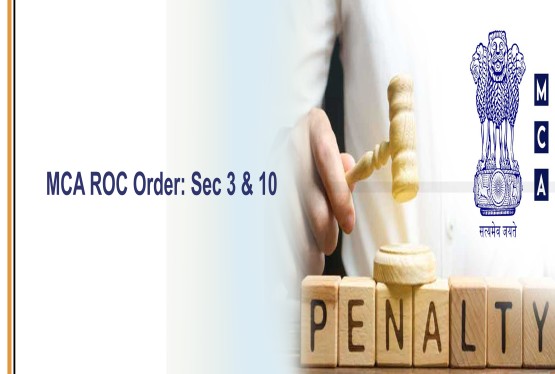
_rd_roc_learn_crop10_thumb.jpg)
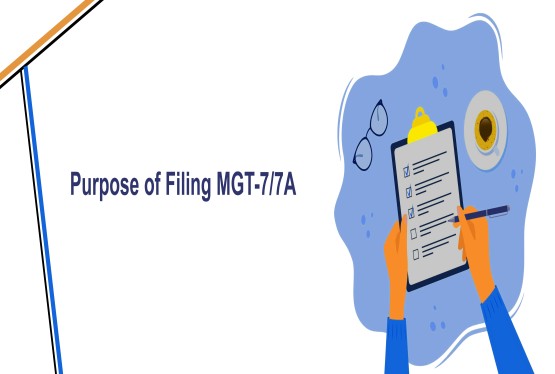

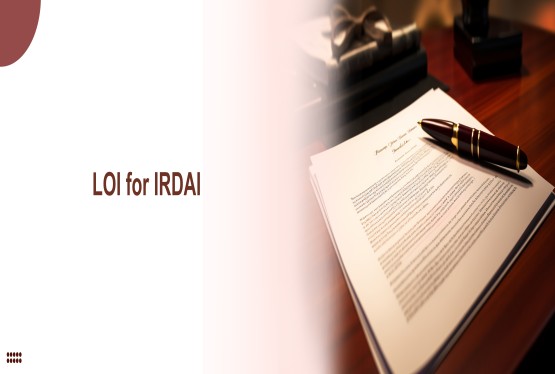

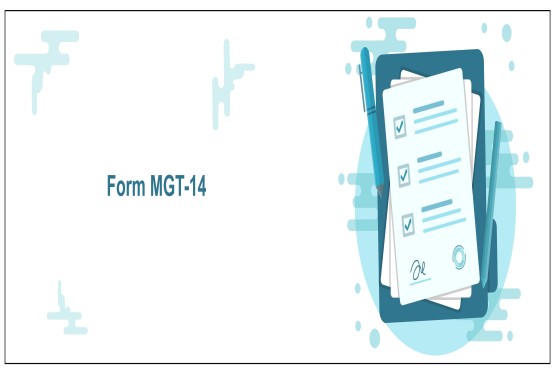

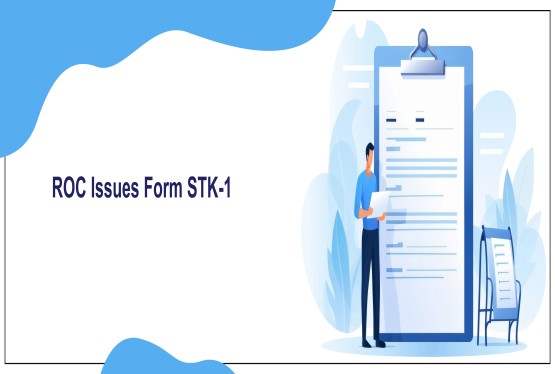






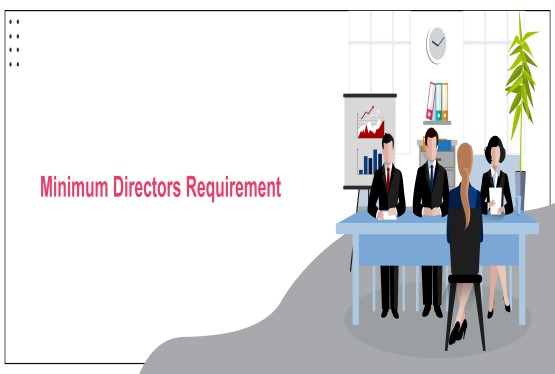

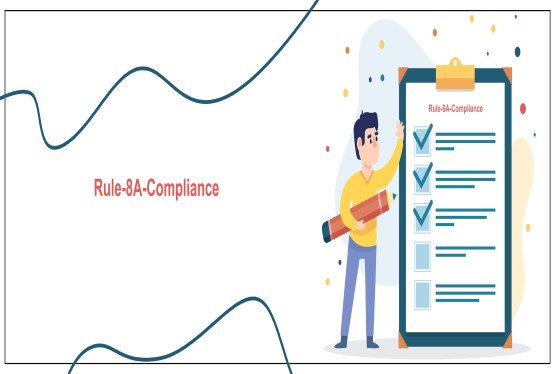
_learn_crop10_thumb.jpg)






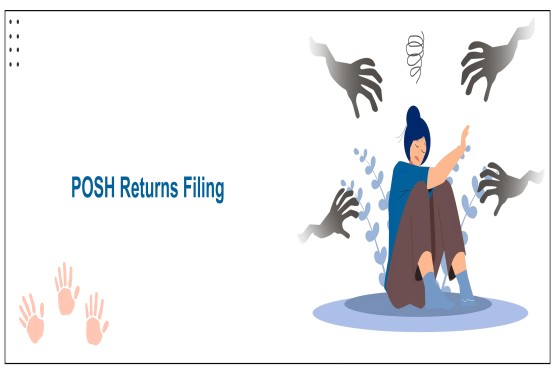
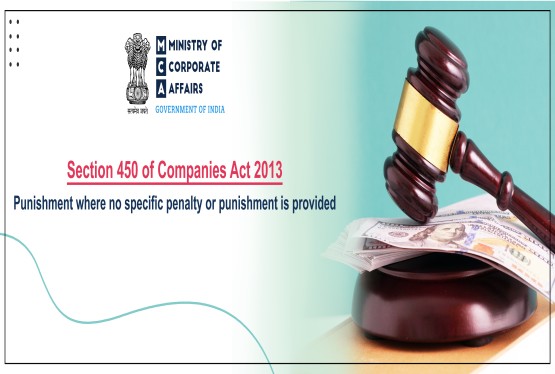

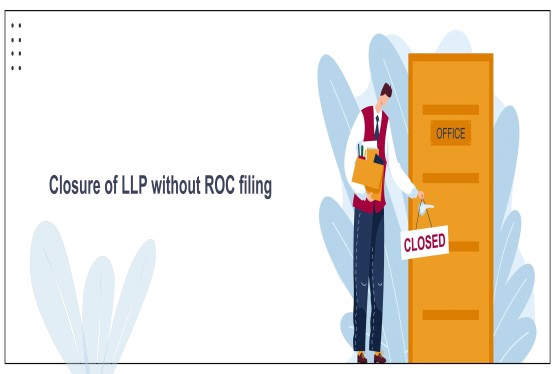


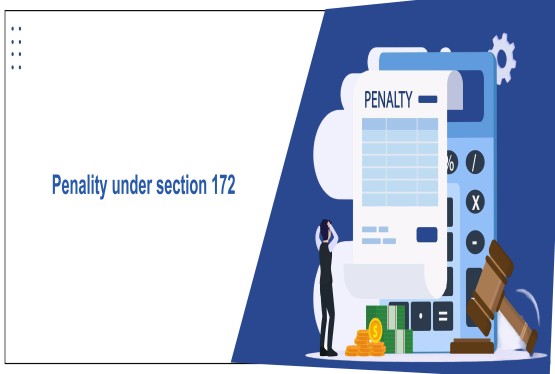

_learn_crop10_thumb.jpg)
_Learn_crop10_thumb.jpg)







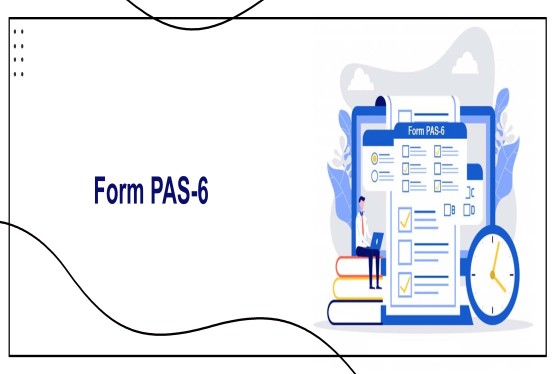



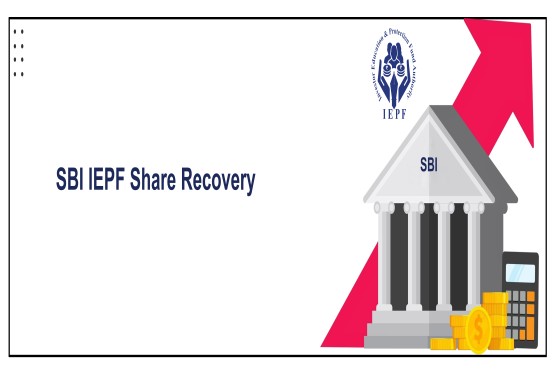
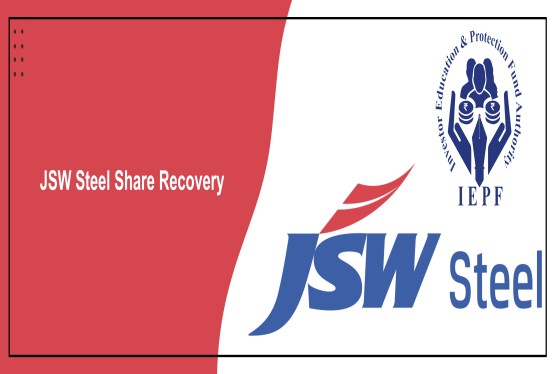


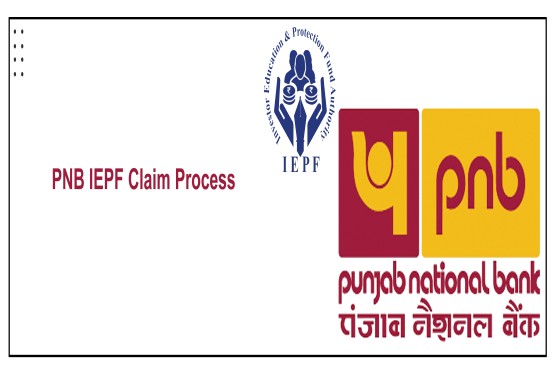








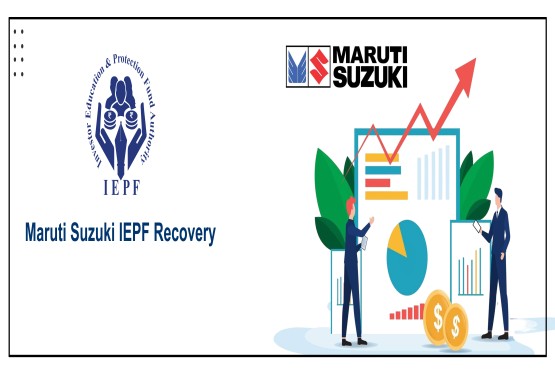


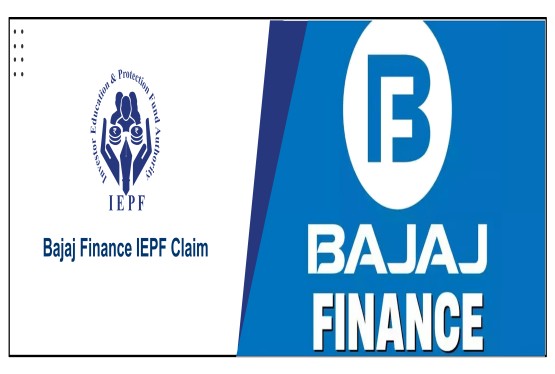
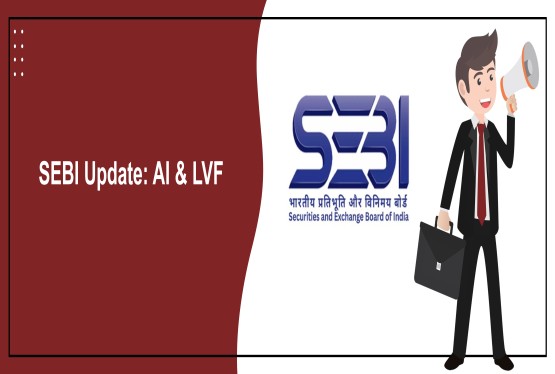




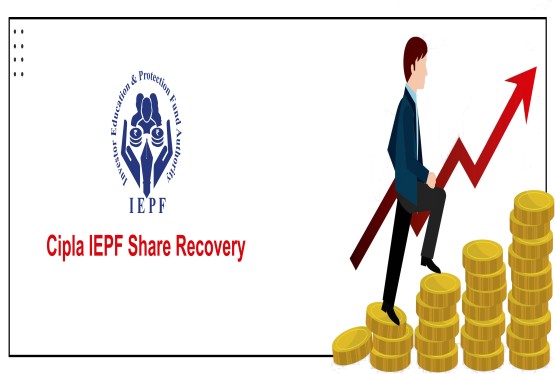

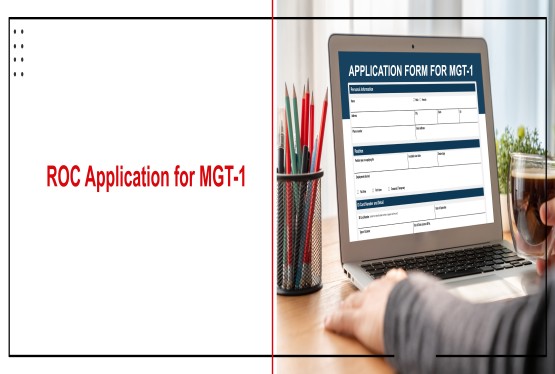
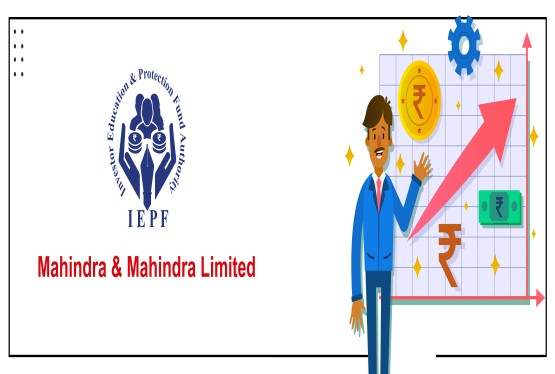


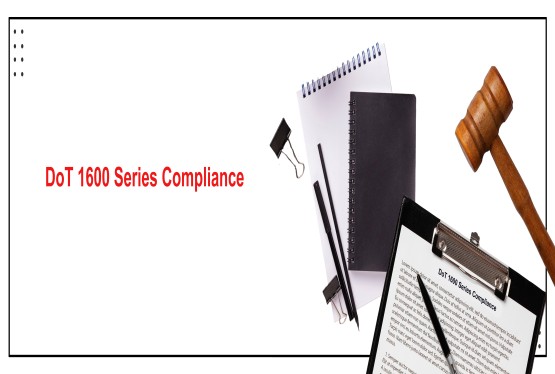



_learn_crop10_thumb.jpg)

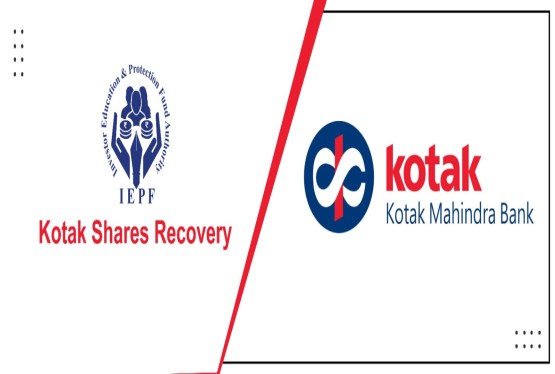


_learn_crop10_thumb.jpg)
